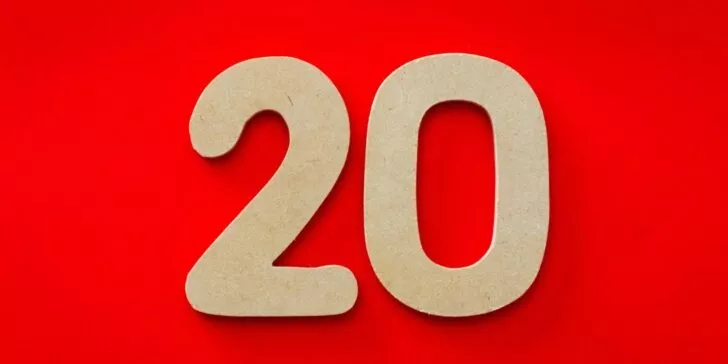The internet, when I first interacted with it in the mid-90s, was white text on a black screen, accessed with a dial-up modem, through a local bulleting board system (BBS). If you’d tried to explain to teenage me what the internet would be today, and the impact it would have on humanity, I don’t think I could have been able to understand what you were trying to describe. The feeling is similar when people use the word “metaverse” today.
The conversation about the metaverse – and about a lot of related technologies, like NFTs and blockchain – feels very familiar to me, in the gesture if not in the details.
Consider the Palm Pilot. In the 90s, if you were had a Casio calculator watch and went to Radio Shack a lot, maybe you got a Palm Pilot – but otherwise, probably not. It would be recognizable today as the ancestor of a smartphone (then, a “personal digital assitant”) but it was an evolution that happened too early. PDAs were pushed out before the technology could support a pretty or fast enough UX. It was black and white, and it wasn’t a camera or a music player or an ebook or a gaming device. Texting didn’t exist. It was a planner that you typed into. It didn’t really do anything better or faster or more – just different – and that wasn’t enough of a reason for most people.
And consider QR codes. They were invented years ago for a specific technical purpose (inventory control) and were touted for their utility in a variety of other ways… but culturally and technologically, we weren’t ready for them then. We didn’t really need them and we couldn’t really use them. But then smartphone cameras built a QR reader in, and then the pandemic came. And that meant that we needed access – and could access – online destinations at real-life destinations (a menu at a restaurant, for instance, without having to type in a long URL).
The mass-user interest and the technological capability finally matched the tool. And it’s the same today. The “metaverse” has been trying to do stuff it isn’t quite ready to do yet. Like with Palm Pilots, and like with QR codes, the concept makes sense. But the tech “oomph” isn’t quite there, and the UX ease isn’t quite there. When will the metaverse do “reality” not just digitally, but better?
(Will it?)
Another comparison I think about a lot is with an old, old term: “Web 2.0.” Don’t worry about what it meant back then; it doesn’t really matter. But to me, the metaverse concept seems a lot like, perhaps, a v 4.0. To me: Version 1 was the basic bones of the internet; v 2.0 was the World Wide Web; v 3.0 was social media; and v 4.0 will be the metaverse.
The Wikipedia article for “metaverse” says (as of today), “The term ‘metaverse’ has been used as a buzzword for promotion, and as a way to generate hype for public relations purposes by making vague claims for future projects.” Pretty judgy for Wikipedia, but true and amusing. And reminiscent. In the late ‘90s – at the start of what I’m calling 2.0 – everyone slapped the prefix “e-“ on everything (truly, everything) to try to get a little of the dot-com bubble shine.
The metaverse / blockchain / NFT world feels a lot like the puzzle that was the internet. It feels a lot like the puzzle that was social media. It’s important. It’s evolving.
Do I think “you absolutely must invest in the metaverse”? Not yet. I’m not buying any NFTs or digital currency. I’m not in Horizon Worlds or Decentraland or any of the platforms that were newer to me – and nor do I play Minecraft, Fortnite, Animal Crossing, Roblox, Second Life, Grand Theft Auto. I suppose the closest I’ve gotten is Gather.
Do I think “the metaverse will be a multiverse”? Yes. It’s not a Facebook-only thing, whatever they change their name to be. There isn’t much “there” there yet, and a lot of the predictions are junk. Soothsaying is a difficult job. But that never stopped any of us.


Comments are closed.